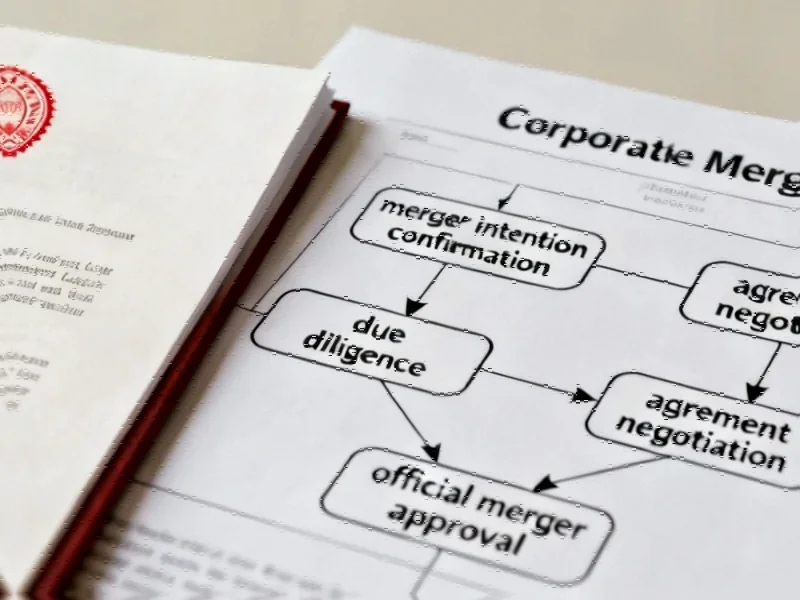According to Dark Reading, US energy regulators and industry analysts are urgently calling for unified cybersecurity and physical security strategies as grid operators face unprecedented dual threats. A Black & Veatch industry report reveals that cyberattacks against utilities surged 69% from H1 2023 to H1 2024, jumping from 689 to 1,162 weekly attacks, while physical attacks on power infrastructure rose 71% in 2022 with 4,493 incidents reported between 2020-2022. The report highlights that substation attacks alone increased 50% in 2022, with incidents ranging from politically motivated plots by neo-Nazis targeting Baltimore to routine vandalism and theft. Black & Veatch’s Ian Bramson attributes this escalation to multiple converging factors including the demonstration effect of the Colonial Pipeline incident, global conflicts, and grid modernization expanding the attack surface. This dangerous new reality is forcing a fundamental rethinking of grid security approaches.
The Security Integration Market Opportunity
The convergence of cyber and physical threats creates a massive market opportunity for security providers who can bridge the traditional divide between IT security and physical protection systems. Companies specializing in integrated security platforms that combine access control, surveillance, network monitoring, and threat intelligence will see explosive growth as utilities scramble to comply with evolving standards like NERC CIP-015-1. The Department of Energy’s $45 million funding initiative for energy security represents just the beginning of what will become a multi-billion dollar market transformation. Traditional physical security firms that fail to develop cybersecurity expertise risk being displaced by integrated solution providers, while pure-play cybersecurity companies will need to form strategic partnerships to address the physical dimension of grid protection.
The Human Capital Crisis in Grid Security
The most significant barrier to unified security isn’t technological—it’s organizational. The revelation that one-third of grid operators don’t even know if their cyber and physical security operations overlap indicates a profound skills gap that will take years to address. Operations teams accustomed to maintaining physical equipment now need to understand threat intelligence and digital forensics, while IT security professionals must learn about physical access controls and substation operations. This creates enormous demand for cross-trained security professionals who command premium salaries, potentially driving up operational costs for utilities already facing financial pressures. The talent shortage will likely accelerate mergers between security consulting firms and drive acquisition activity as larger players seek to build comprehensive service offerings.
Compliance Becomes Competitive Advantage
Regulatory requirements are rapidly evolving from checkbox compliance to strategic necessity. Standards like NERC’s CIP-015-1 that explicitly require integration of physical and cyber monitoring represent just the beginning of a regulatory wave that will fundamentally reshape utility security operations. Utilities that proactively implement unified security frameworks will gain competitive advantages in rate cases and regulatory approvals, while laggards face not only security risks but potential regulatory penalties and public relations disasters. The 71% increase in physical attacks documented by E-ISAC provides regulators with ample justification for stricter requirements, creating a compliance environment where integrated security becomes non-negotiable.
The Cyber-Physical Insurance Dilemma
The insurance industry faces unprecedented challenges in pricing grid security risks as traditional cyber insurance models struggle to account for physical attack vectors. The Baltimore substation plot case demonstrates how physical and digital threats can converge in ways that exceed traditional risk models. Insurers will likely demand evidence of integrated security programs before writing policies for major utilities, creating additional financial pressure for security modernization. This could lead to bifurcated insurance markets where utilities with proven unified security frameworks access affordable coverage while others face prohibitive costs or outright coverage denials.
Where Smart Money Is Flowing
Venture capital and private equity are already positioning for this convergence, with investments flowing to companies developing technologies that bridge physical and digital security. Areas seeing particular interest include zero-trust authentication for distributed energy resources, integrated security operation centers that monitor both physical access and network traffic, and AI-powered threat detection systems that correlate physical and digital events. The Colonial Pipeline incident demonstrated that cyber-physical attacks can create billion-dollar market impacts overnight, making grid security one of the most compelling investment themes in critical infrastructure technology for the coming decade.




